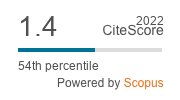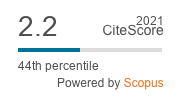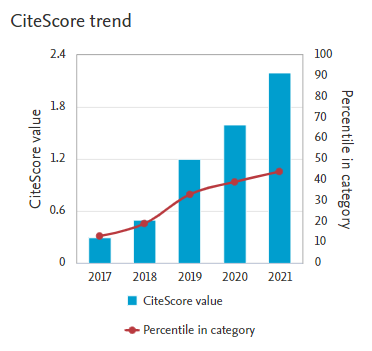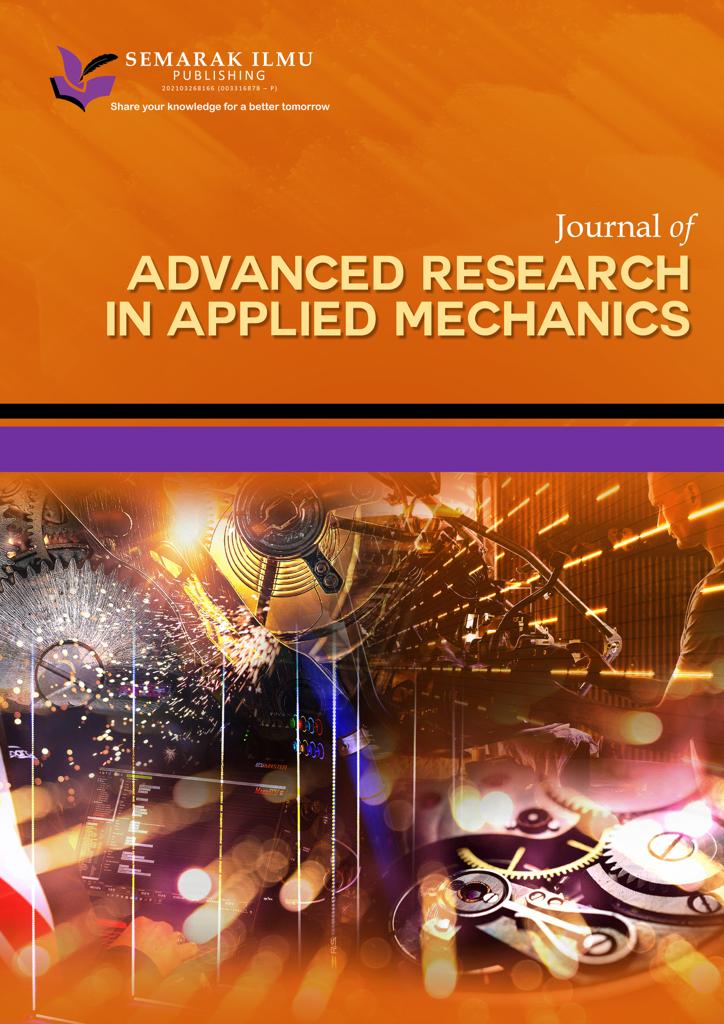Wave Force on Breakwater with Multiangle Oblique Waves During Monsoon Season
DOI:
https://doi.org/10.37934/arfmts.120.2.2938Keywords:
Breakwater, oblique wave, wave energy converter, wave forceAbstract
A breakwater is a structure constructed near a coastline to safeguard the area from the force of waves and reduce erosion. Waves exert hydrodynamics forces on the structure by applying pressure momentum. It functions as a barrier that absorbs the energy zone waves, thereby producing calmer zones behind it. To withstand the impact of waves, breakwaters can be constructed from a variety of materials, including concrete slabs, rocks, and steel. The magnitude of force obtained from a wave pressure acting on a breakwater refers to the deformation of the structure resulting from force impact. The objective of this study is to analyse the wave force acting on a breakwater using computational fluid dynamics software that simulates the high wave condition operating on the breakwater. The location of the case study is the Universiti Malaysia Terengganu coastal protection which is facing South China Sea. When waves breach on the breakwater during the monsoon season, impact forces result in increased local pressure and dynamic loading. The wave characteristics of 5°, 15°, 35°, and 75° oblique waves were simulated to evaluate the impact of forces on the breakwater structure. The results illustrate the forces exerted on the breakwater by waves with varied characteristics, wave angles, and the occurrence of deformation-related phenomena. The simulation results show that as the oblique wave angle increases, the pressure force also increases simultaneously. The highest wave force acting on the breakwater is at the oblique wave angle of 75° with 5457.22 N and 105.76 kPa pressure.
Downloads



























